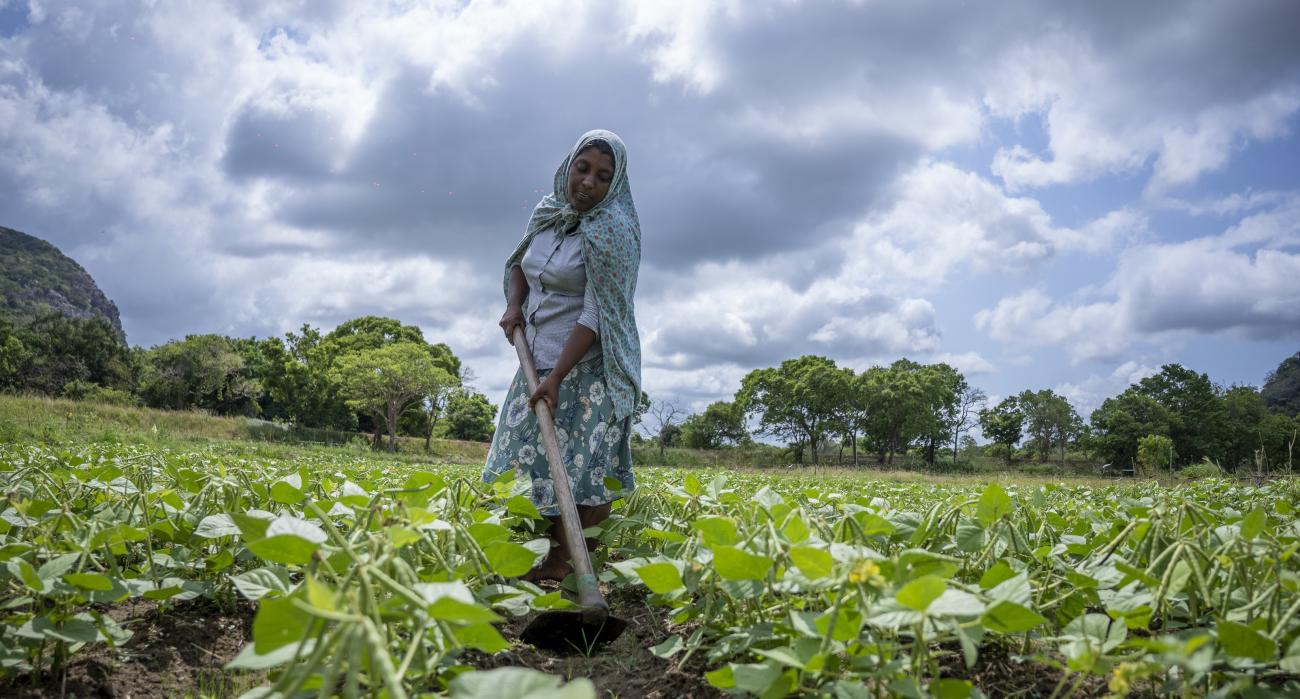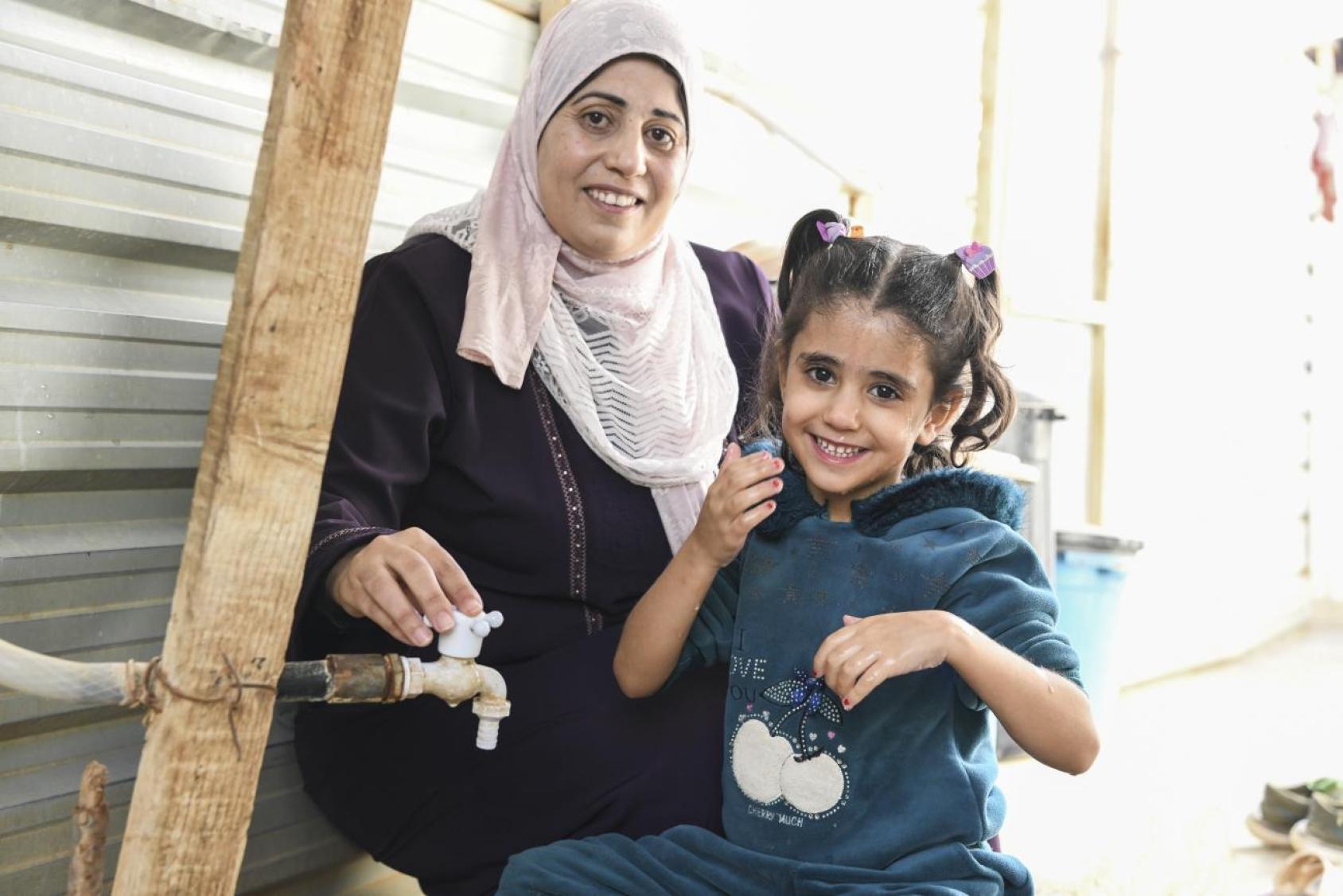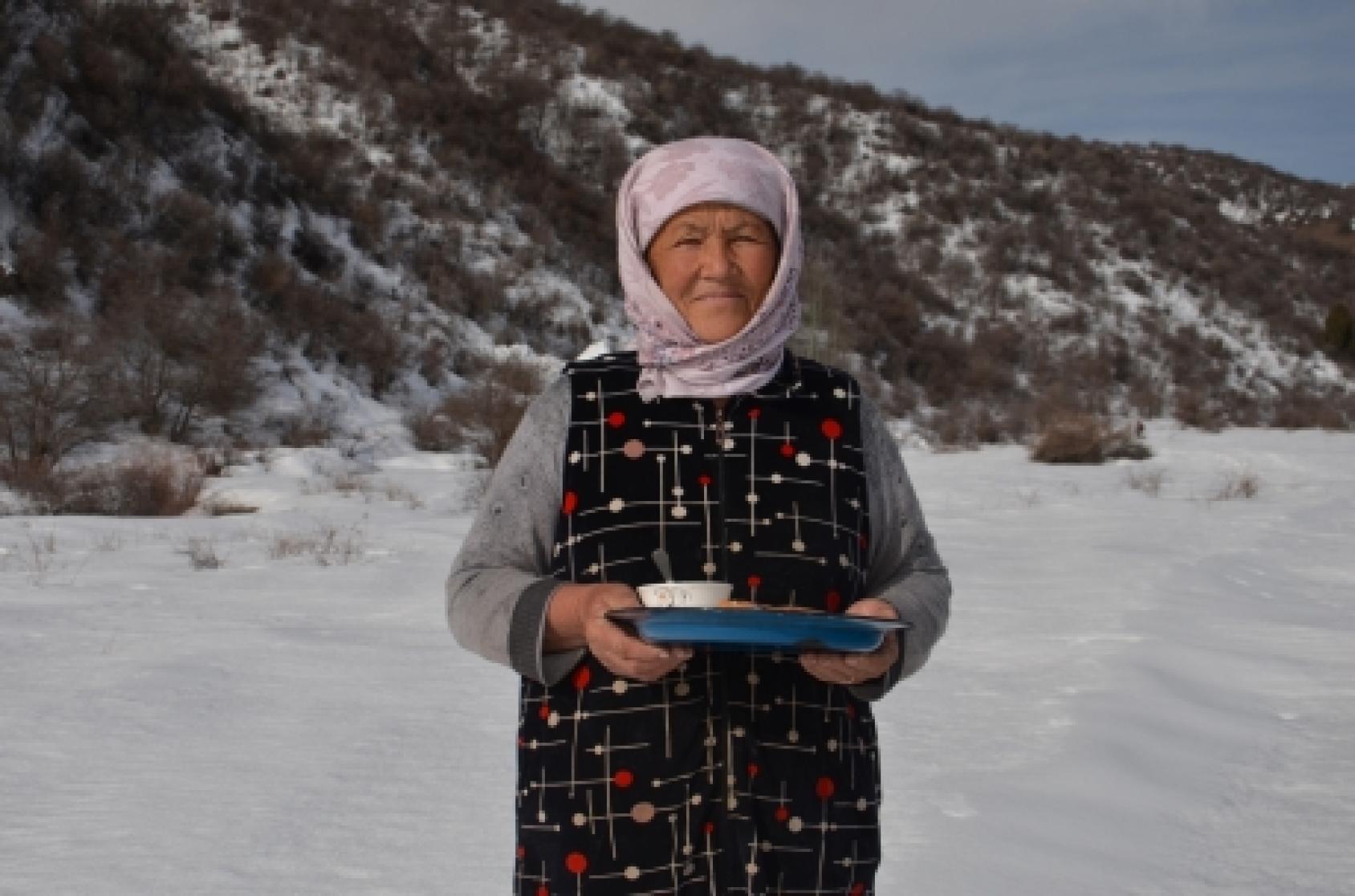Water: The Lifeblood of the Global Goals

Around the world, 2.2 billion people live without access to safe water. As we mark World Water Day on 22 March, it is a moment to recognize the central role that water plays in accelerating the achievement of the Sustainable Development Goals (SDGs). Water is essential for health (SDG 3 and SDG 6), agriculture, food security, and nutrition (SDG 2). It sustains life and biodiversity recognized by SDG 14. Hydropower and other forms of water-dependent energy contribute to clean energy solutions (SDG 7). Water resources are directly affected by climate change (SDG 13). In many ways, water is the lifeblood of sustainable development, flowing through all 17 Global Goals.
As the representatives of the UN Secretary-General on the ground in leading the work of the Organization on development issues, UN Resident Coordinators bring together UN country teams and partners to support the work of governments and communities in boosting access to safe water. They mobilize resources to tackle water scarcity challenges, ensuring that access to safe water remains a top policy priority. Their engagement focuses on several fronts, from tackling the impact of climate change on water resources to water conservation to boosting public health and community resilience.
Sri Lanka: Rehabilitating water conservation systems
In parts of Sri Lanka, agricultural communities historically relied on an intricate tank cascade system for water management. This resource degraded over time leading to water scarcity and exacerbating vulnerabilities to climate change. The challenge impacts the lives of over 12 million Sri Lankans—more than half the country’s population. The United Nations Development Programme (UNDP) is leveraging the Green Climate Fund to tackle the issue, working to restore these ancient systems in the Mee Oya, Yan Oya, and Malwathu Oya river basins. The initiative supports the community to rehabilitate reservoirs, reforest watersheds, and promote climate-smart farming. This ecosystem-based approach provides irrigation and drinking water while boosting social cohesion.

Pakistan: Improving water safety
Access to safe drinking water is not only a fundamental human right but is central to our health and well-being. To boost access to this essential resource for nearly half of Pakistan's population, the United Nations Office for Project Services (UNOPS) is working with the Government of Pakistan and the Korea International Cooperation Agency (KOICA). Their US$4.5 million project facilitates the testing of water samples for pollutants through state-of-the-art laboratories across Pakistan. It also streamlines information-sharing, connecting public health departments, environmental agencies and research councils on the ground, contributing to strengthening the local health systems.

Jordan: Meeting water needs in complex settings
The Za’atari camp in Jordan is home to over nearly 80,000 Syrian refugees. Access to water was challenging in the camp. Families "had to carry water home in buckets and queue every day at public taps." The UN Children's Fund (UNICEF) changed all this by installing household-level water and wastewater networks. "These networks have allowed us to have water in our own houses," a resident of the camp enthuses. The initiative also contributed to restoring a sense of normalcy, and dignity for many families who call Za’atari’ home. They can turn on the tap instead of queuing for hours to access safe water. The benefits extend beyond convenience—clean water means fewer illnesses, better hygiene, and a stronger foundation for resilience.

Kyrgyzstan: Ensuring water security through an artificial glacier
In the mountain village of Kara-Dobo in southern Kyrgyzstan, traditional farming practices have become unsustainable due to increased water shortages. Leveraging the UN Peacebuilding Fund, the Food and Agriculture Organization (FAO) and the UN Population Fund (UNFPA) introduced an innovative solution to tackle the issue: constructing an artificial glacier. Villagers, with technical and financial support from FAO, installed an underground pipeline to channel water from a mountain spring to a higher elevation in a pasture where livestock graze. In winter, the water freezes as it emerges, forming a massive ice tower. Come summer, the ice melts and provides fresh water. In its first winter, the glacier grew to over 70,000 cubic meters of ice, proving its capacity to meet the village’s needs.

Mexico: Securing water futures in vulnerable areas
To tackle water scarcity in Mexico’s drought-stricken river basins, UNDP supports Resiliencia Hídrica (Water Resilience), a project that harnesses nature-based solutions through conservation, restoration and sustainable use of ecosystems. The initiative used sustainable practices to manage a catchment area of more than 450 hectares. It also created over 80 new green jobs and provided water conservation skills to nearly 300 people, including women and youth. Restoring and protecting natural water sources through several techniques, including soil conservation, restoring springs and pools, and reforesting degraded areas, the project empowers communities in Mexico’s river basins to take control of their water security.
Ethiopia: Reviving water lifelines post-conflict
In Ethiopia, within the Abala City Administration of the Afar region, which is home to around 6,000 households, several families displaced by conflict are facing acute water shortages. To address the issue, a project is underway to rehabilitate the waterline in Salhou village. The UNDP Peace Support Facility with funding from Germany and Japan, is supporting this initiative. Through this collaboration, communities are supplied with clean water twice a week. This reduces the need to fetch water several kilometres away, providing children with the opportunity to attend school and allowing families to regain a sense of normalcy. Work is also underway to support long-term national initiatives to restore more than 90 other water access points across the Afar, Amhara and Tigray regions.
The theme of World Water Day 2025 is “Glacier Preservation.” Today, about 70 per cent of the Earth’s freshwater exists as snow or ice and nearly 2 billion people rely on water from these sources. The UN declared 2025 as the International Year of Glaciers' Preservation, accompanied by the proclamation of 21 March of each year as the World Day for Glaciers starting in 2025. This is an opportunity to work together to put glacier preservation at the core of our plans to tackle climate change and the global water crisis. Protecting glaciers means protecting our future—by curbing emissions and managing meltwater wisely, we can safeguard water security, prevent climate extremes, and preserve these vital ice reserves for generations to come.


























